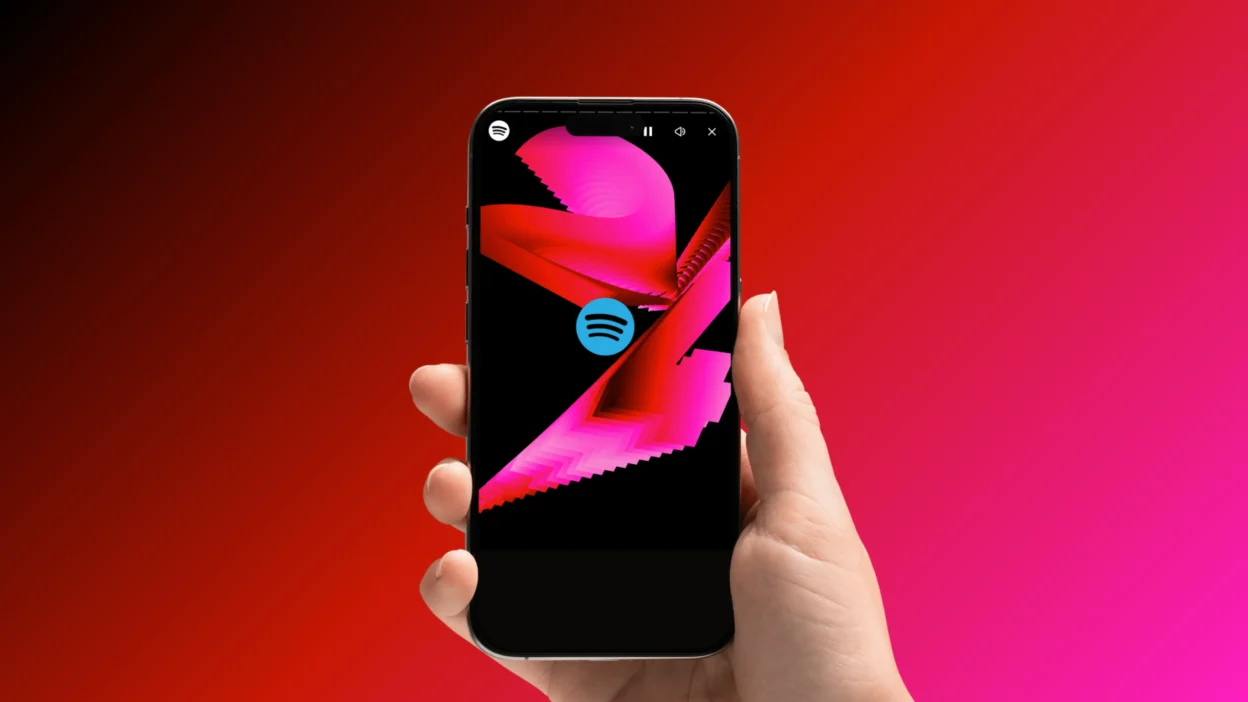In the evolving landscape of customer experience (CX), brands are continually seeking innovative strategies to deepen connections with their audiences. One emerging approach is memory-driven customer experience, which leverages nostalgic elements to create meaningful interactions. By tapping into customers’ past experiences, brands can evoke positive emotions, fostering loyalty and engagement.
The Power of Nostalgia in CX
Nostalgia is a potent psychological trigger that can significantly influence consumer behavior. Research indicates that nostalgic experiences can enhance mood, increase social connectedness, and even lead to a willingness to pay a premium for products and services. By integrating nostalgic elements into CX strategies, brands can create memorable interactions that resonate deeply with customers.
Implementing Memory-Driven Strategies
To effectively incorporate memory-driven elements into customer experience, brands can consider the following approaches:
Personalized Milestones
Recognizing and celebrating individual customer milestones can make interactions more personal and meaningful. For example, a fitness app might send notifications commemorating the anniversary of a user’s first workout, acknowledging their ongoing commitment and progress.
Nostalgic Content
Utilizing content that harkens back to earlier times can evoke positive emotions. This could include retro-themed marketing campaigns or re-releases of classic products, appealing to customers’ fond memories and associations.
Storytelling Through Data
Leveraging customer data to tell personalized stories can enhance engagement. For instance, a music streaming service might create playlists highlighting songs a user enjoyed during a specific period, allowing them to relive those moments.
Case Studies: Brands Excelling with Memory-Driven CX
Several brands have successfully implemented memory-driven strategies to enhance customer experience:
Spotify’s Year in Review
Spotify’s annual “Wrapped” feature provides users with a personalized summary of their listening habits over the past year. By highlighting favorite songs, artists, and genres, Spotify allows users to reflect on their musical journey, fostering a deeper connection with the platform.
Starbucks’ Anniversary Rewards
Starbucks celebrates the anniversary of customers joining their rewards program by offering special promotions or free drinks. This acknowledgment of the customer’s loyalty over time strengthens the emotional bond between the customer and the brand.
Nike’s Milestone Notifications
Nike’s Run Club app sends users notifications celebrating milestones such as the anniversary of their first run or achieving a new personal best. These personalized messages serve as motivational reminders of the user’s progress and Nike’s role in their fitness journey.
The Role of Technology in Memory-Driven CX
Advancements in technology play a crucial role in facilitating memory-driven customer experiences. Artificial intelligence (AI) and data analytics enable brands to analyze customer behavior and preferences, allowing for the creation of personalized and nostalgic experiences. For instance, AI can help identify significant customer milestones and automate the delivery of personalized messages or offers.
Visa is investing heavily in AI and value-added services to transform e-commerce and online shopping. By leveraging AI, Visa aims to offer personalized customer experiences and enhance loyalty programs, demonstrating the potential of technology in creating memory-driven CX.
Balancing Personalization and Privacy
While personalization is key to memory-driven CX, it’s essential for brands to handle customer data responsibly. Transparency in data collection and usage, along with providing customers control over their information, helps build trust. Ensuring compliance with data protection regulations is also critical to maintaining customer confidence.
Future Prospects of Memory-Driven CX
The future of customer experience lies in creating deeper, more personalized connections with customers. Memory-driven strategies offer a pathway to achieving this by leveraging past experiences to enhance current interactions. As technology continues to evolve, brands will have even more tools at their disposal to craft meaningful, nostalgic experiences that resonate with customers.
Conclusion
Incorporating memory-driven elements into customer experience strategies allows brands to connect with customers on an emotional level, fostering loyalty and engagement. By celebrating personal milestones, utilizing nostalgic content, and leveraging technology, brands can create memorable experiences that not only honor the past but also build a stronger future relationship with their customers.
Frequently Asked Questions (FAQ)
Q: What is memory-driven customer experience?
A: Memory-driven customer experience involves integrating nostalgic elements and personal milestones into customer interactions to evoke positive emotions and strengthen brand loyalty.
Q: How does nostalgia impact consumer behavior?
A: Nostalgia can enhance mood, increase social connectedness, and lead to a willingness to pay a premium for products and services, making it a powerful tool in influencing consumer behavior.
Q: Can you provide examples of brands using memory-driven CX?
A: Brands like Spotify, Starbucks, and Nike have implemented memory-driven strategies by celebrating user milestones, creating personalized content, and acknowledging customer anniversaries.
Q: What role does technology play in memory-driven CX?
A: Technology, particularly AI and data analytics, enables brands to analyze customer behavior and preferences, facilitating the creation of personalized and nostalgic experiences.
Q: How can brands balance personalization with customer privacy?
A: Brands should be transparent in data collection and usage, provide customers with control over their information, and ensure compliance with data protection regulations to maintain trust.


